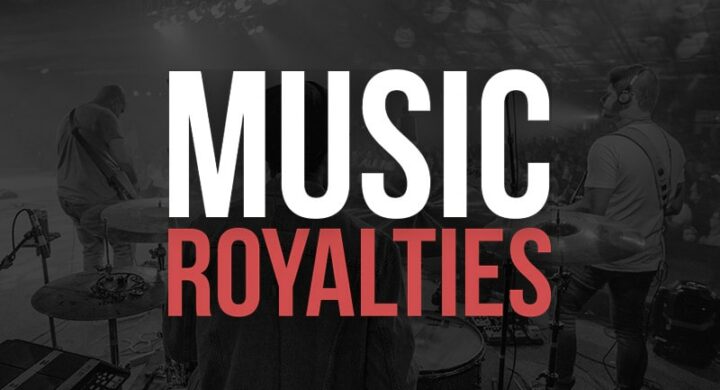Music is a universal language, but the way artists get paid for it is far from universal. Around the world, royalty systems the backbone of how musicians, songwriters, and producers earn vary dramatically from one region to another. What an artist makes from a million streams in Nigeria is not the same as what an artist earns in the U.S., the U.K., or even South Africa. This gap isn’t just about currency differences; it’s the result of deep structural, legal, and economic contrasts that define how each market values music.
In developed markets like the United States and much of Europe, royalty systems are backed by strong copyright laws, transparent collection agencies, and established performance rights organizations. Every time a song is streamed, played on the radio, used in a film, or performed live, the system ensures that a specific share goes to the songwriter, publisher, and performer. These royalties are tracked and distributed through networks like ASCAP, BMI, PRS, and GEMA. The infrastructure in these regions has been refined over decades, creating a reliable ecosystem where creators can expect consistent payments and traceable data.
In contrast, developing music markets including many in Africa, Asia, and parts of Latin America still struggle with inconsistent royalty frameworks. In countries like Nigeria, Ghana, and Kenya, collective management organizations exist, but their reach and effectiveness remain limited. Many artists report not receiving royalties at all, especially for public performances or digital streams. Weak enforcement of copyright laws, fragmented distribution systems, and informal industry practices often leave creators underpaid. Even when royalties are collected, the data systems that track usage are often outdated or incomplete, resulting in inaccurate reporting and poor payouts.
Another major reason for the regional disparity lies in licensing deals and platform negotiations. Streaming services like Spotify, Apple Music, Boomplay, and Audiomack sign licensing agreements that vary by territory. These agreements consider the average subscription fees, ad revenue potential, and economic conditions of each region. For example, a stream from Lagos or Nairobi may earn less than one from London or Los Angeles because local ad rates and subscription prices are significantly lower. The platforms pay royalties as a percentage of revenue, not per stream, which ties payouts to local economies.
Exchange rates and taxation also play a role. In regions with volatile currencies or high transaction fees, even collected royalties may lose value before reaching the artist. This is particularly visible in parts of Africa, where global streaming revenue is often converted from U.S. dollars to local currencies with fluctuating exchange rates and processing deductions. Additionally, some countries impose taxes on digital payments or limit international transfers, further shrinking what the artist ultimately receives.
The variation in royalty payments also reflects differences in cultural consumption patterns. In markets with large radio audiences but low digital penetration, performance royalties dominate, while in highly digital markets, streaming royalties from the bulk of artist income. Some regions have strong synchronization (sync) markets like film, advertising, and gaming while others rely more on live performances and endorsements to make up for limited royalty flows. The economic ecosystem around music determines what portion of value gets back to creators.
Despite these challenges, the global music economy is evolving. With the rise of data-driven collection systems, blockchain solutions, and cross-border royalty platforms, more transparency is emerging. African collective societies, for example, are beginning to digitize their processes and collaborate with international partners. Platforms like Songtrust, The MLC, and Tunecore are also helping independent artists claim global royalties that used to slip through the cracks.
Still, the journey toward fair and equal royalty distribution is far from over. The music may travel globally, but the money often does not. Until every market builds efficient structures that respect intellectual property and ensure accountability, the regional gap in music royalties will remain. For now, where you live not just what you create still plays a major role in how much your music is worth.


Leave a Reply